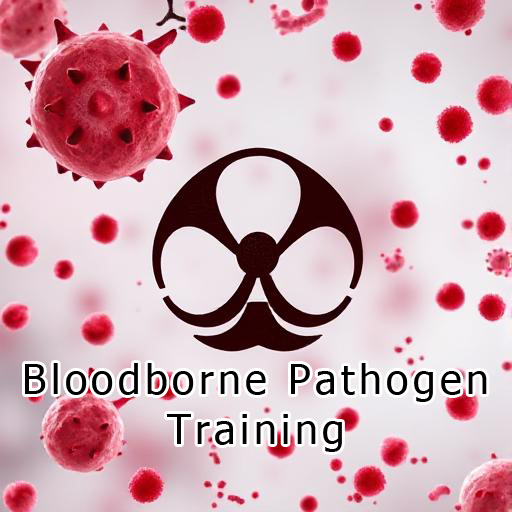OSHA Bloodborne Pathogen Training Requirements: Everything Employers Need to Know
The Occupational Safety and Health Administration (OSHA) has strict regulations to protect workers who may come into contact with blood or other potentially infectious materials (OPIM) while performing their job duties. One of the most important parts of OSHA’s Bloodborne Pathogens Standard (29 CFR 1910.1030) is the requirement for Bloodborne Pathogen (BBP) training.
requirement for Bloodborne Pathogen (BBP) training.
This guide explains what OSHA requires, who needs training, what must be covered, and how employers can stay compliant.
1. Understanding OSHA’s Bloodborne Pathogens Standard
OSHA’s Bloodborne Pathogens Standard was created to protect employees from serious health risks such as HIV, Hepatitis B (HBV), and Hepatitis C (HCV), which can be transmitted through exposure to infected blood or OPIM.
Training is a key element of the standard and is designed to ensure workers understand exposure risks, protective measures, and proper response procedures.
2. Who Needs Bloodborne Pathogen Training?
OSHA requires training for any employee with occupational exposure to blood or OPIM. This includes both healthcare and non-healthcare roles. Common examples include:
-
Healthcare Workers – nurses, doctors, lab technicians, phlebotomists
-
First Responders – paramedics, EMTs, firefighters, police officers
-
Custodial & Maintenance Staff – those handling contaminated waste or cleaning injury sites
-
School and Childcare Staff – especially where first aid or medical assistance may be provided
-
Tattoo Artists & Body Piercers – professionals working with needles or skin penetration
If there is even a reasonable expectation of exposure, OSHA’s training requirement applies.
3. When OSHA Requires Bloodborne Pathogen Training
OSHA mandates that BBP training must be:
-
Provided at the time of initial job assignment before the employee starts work involving exposure.
-
Offered annually – refresher training must occur at least once every 12 months.
-
Updated when tasks or procedures change – if there’s a new risk or change in safety protocols, additional training is required.
4. What Bloodborne Pathogen Training Must Include
OSHA specifies that BBP training must be comprehensive and delivered in a language and format employees can understand. Required topics include:
-
An overview of the Bloodborne Pathogens Standard
-
The epidemiology, symptoms, and transmission methods of bloodborne diseases
-
Employer’s Exposure Control Plan – including how to access it
-
Engineering and work practice controls (e.g., sharps disposal, handwashing)
-
Personal protective equipment (PPE) – types, proper use, and disposal
-
Hepatitis B vaccination information – including benefits and availability
-
Emergency procedures after exposure incidents
-
Post-exposure evaluation and follow-up process
-
Signs, labels, and color-coding used for biohazards
-
Opportunity for interactive Q&A with the trainer
5. Training Format and Recordkeeping
OSHA allows BBP training to be delivered in classroom settings, online courses, or blended formats, as long as it is interactive and allows for employee questions.
Employers must keep training records for at least three years, including:
-
Training dates
-
Names and job titles of attendees
-
Name and qualifications of the trainer
-
Training content outline
6. Penalties for Non-Compliance
Failure to comply with OSHA’s Bloodborne Pathogens Standard can result in hefty fines. In 2025, OSHA penalties can exceed $16,000 per violation, and willful or repeated violations can cost much more. Beyond fines, non-compliance puts employees’ health and an organization’s reputation at risk.
7. Best Practices for Employers
To stay compliant and keep employees safe:
-
Develop and maintain an Exposure Control Plan
-
Schedule annual training in advance
-
Offer the Hepatitis B vaccine at no cost to employees with exposure risk
-
Keep detailed training records
-
Ensure PPE and safety equipment are always available
Final Thoughts
OSHA’s Bloodborne Pathogen training requirements are not just a legal obligation—they are a critical step in protecting employees from serious, potentially life-threatening diseases. By delivering comprehensive, interactive training and maintaining compliance with OSHA’s standards, employers create a safer workplace and reduce the risk of costly incidents.
